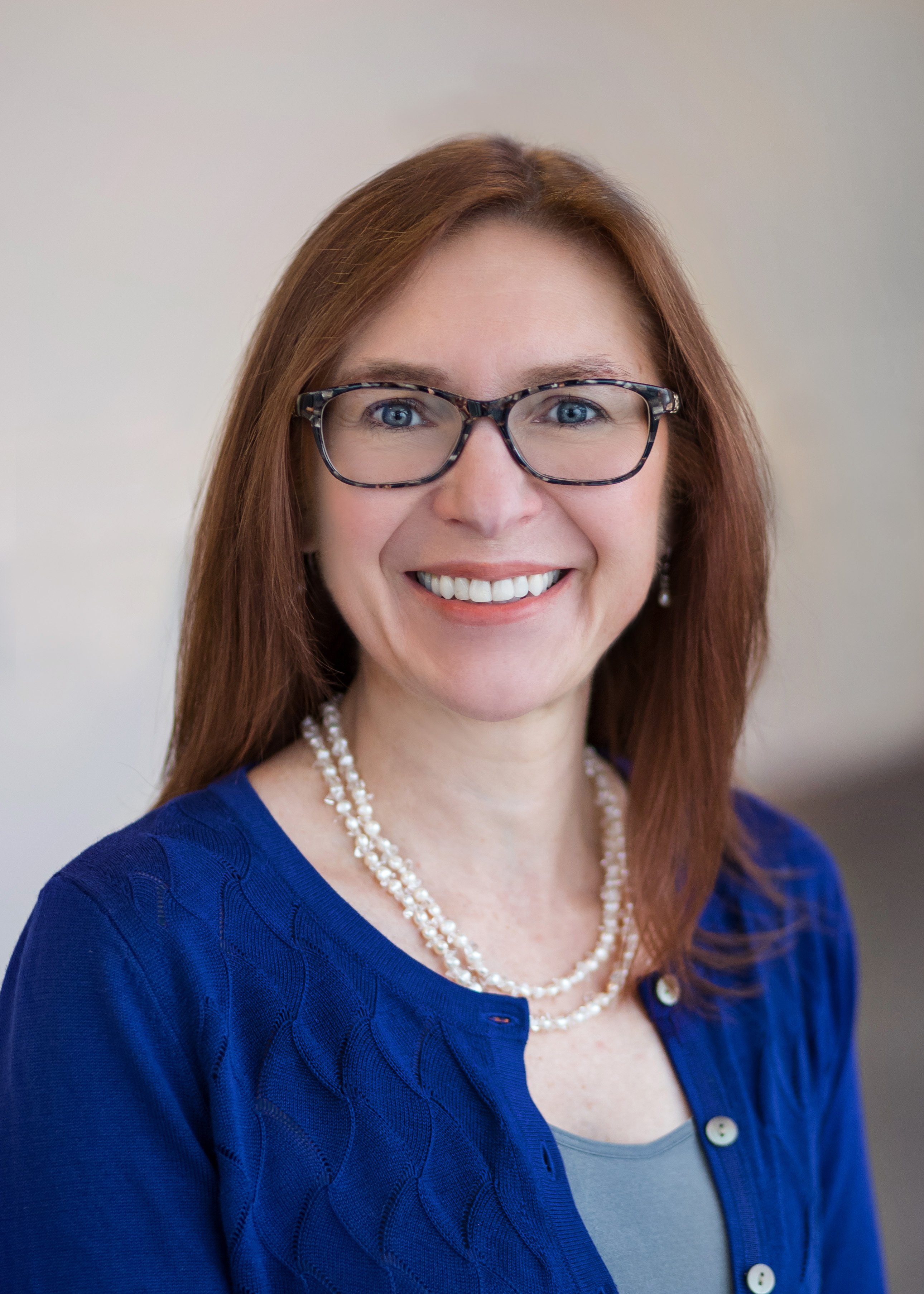Which Breast Cancer Screening Test is Right for You?
Breast cancer screening guidelines can be confusing. Major health organizations have different recommendations for screening mammography. How do you know which to pick? Current guidelines emphasize that screening decisions should be made after a discussion between the patient and their provider. Living in the information age, with access to the internet, the days of the doctor telling the patient what to do without the patient’s input is outdated.

Dr. Christina V. Jacobs, MD
Breast Imaging Director
The most important point that all the guidelines agree on, is that mammograms save lives. The recommendations also agree about the timing of mammograms. Yearly mammograms, starting at age 40, save the most lives. The guidelines do differ on how to weigh the proven benefit of saving lives versus the risks of mammography. Those risks, however, are mainly false positives and overtreatment. With today’s technology, radiation is not a risk.
Breast cancer becomes more common as women age. Some guidelines start routine screening at age 50, leaving the decision to screen between the ages of 40-49 an individual decision. It is important to know that 1 in 6 women with breast cancer are diagnosed in their 40s and 75% of these women have no family history or special risk factors. Also, the guidelines do not take race into account. Breast cancer peaks for women in their 40s who are black, Hispanic and Asian. For white women, it peaks when women are in their 60s.
Some guidelines stress the risk of anxiety associated with a false positive exam as a reason not to start at age 40 and not to screen yearly. A false positive means an abnormality was discovered on the screening mammogram that needed further testing but turned out to not be cancer. The other main risk is overtreatment, which refers to finding and treating a cancer that never would have been fatal if left untreated. At present, we cannot confidently determine which cancers can be left alone and watched, versus which need treatment. Knowledge about different types of breast cancer continues to grow.
Bronson recommends that all women should begin yearly mammogram screening at age 40 and continue for as long as they are in good health.
For some women, certain factors increase the risk for developing breast cancer or decrease the sensitivity of mammograms. Additional screening measures may be indicated. Women of average risk with dense tissue can benefit from supplemental screening with whole breast ultrasound. The information seen on mammogram and ultrasound are complementary. It is best to perform both screening tests on the same day so they can be interpreted together.
Women with any tissue type at high risk for breast cancer should undergo yearly breast MRI in addition to mammogram per American Cancer Society guidelines. Many high risk women choose to schedule a screening mammogram and breast MRI 6 months apart so as to have testing twice a year.
To learn more about your risk or to discuss the best screening options for you, contact a Bronson breast health nurse navigator for a free consultation at (269) 341-6781 or email breasthealth@bronsonhg.org.
Clearer Images Improve Breast Cancer Detection
3D mammography improves breast cancer detection and decreases false positives. This advanced technology allows the radiologist to see breast tissue in multiple slices from many different angles, improving accuracy and sensitivity as compared to a standard screening mammogram. Bronson was the first imaging center in southwest Michigan to offer low-dose 3D mammography. 3D mammograms are available at Bronson locations in Battle Creek, Kalamazoo, Paw Paw and South Haven.
As leading experts and innovators in breast cancer detection, Bronson radiologists have been providing breast imaging services to southwest Michigan for more than 30 years. You can schedule your own mammogram without a physician’s order if you have seen your doctor within the last three years and you do not have any breast health problems. For additional information, including how to schedule a mammogram appointment, visit bronsonhealth.com/breasthealth.